Schemata, Maps
“Schema” comes from the Greek word schēmat or schēma, meaning “figure”.
A diagrammatic representation.
Broadly: a structured framework or plan: outline
A mental structure of preconceived ideas, a framework representing some aspect of the world, or a system of organizing and perceiving new information such as a mental schema or conceptual model.
Examples of schemata include mental models, social schemas, stereotypes, social roles, scripts, worldviews, heuristics, and archetypes.
People use schemata to organize current knowledge and provide a framework for future understanding. A graphical model which captures the essence of a (system) and which proves to be useful c.f. the ENCAPSULATION and SITUATION of key information; an aide to understanding and memory. [c.f. “Thought Palaces”].
This is the idea I had when designing the ‘HNS Schema’.
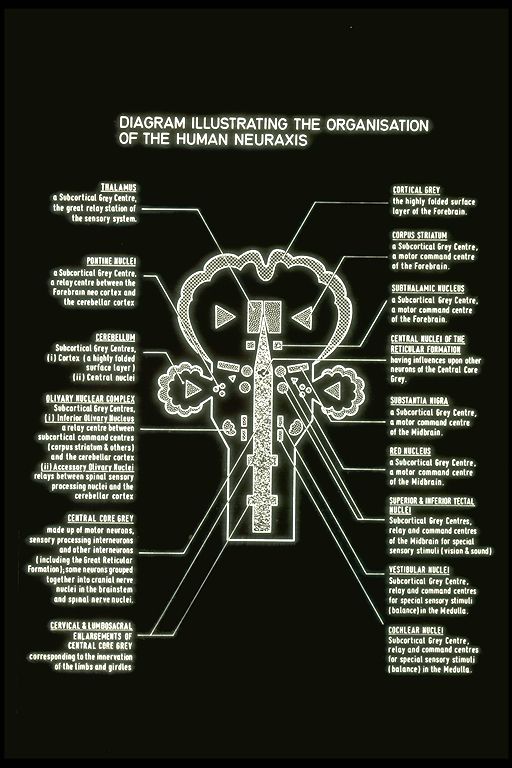
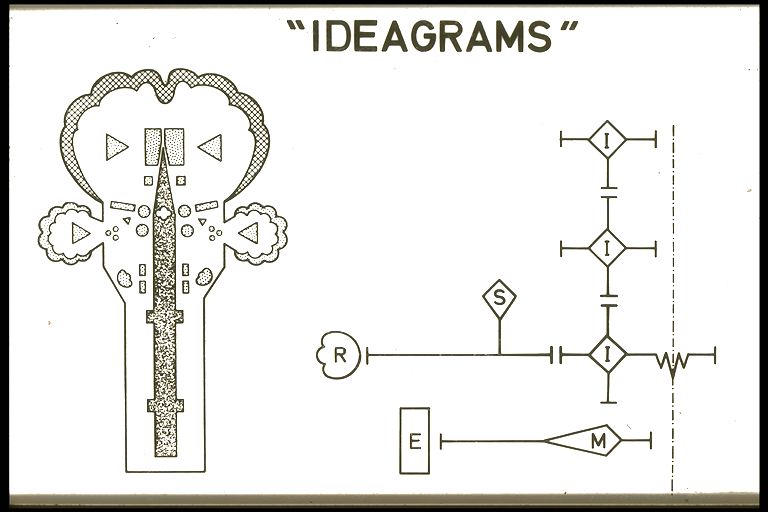

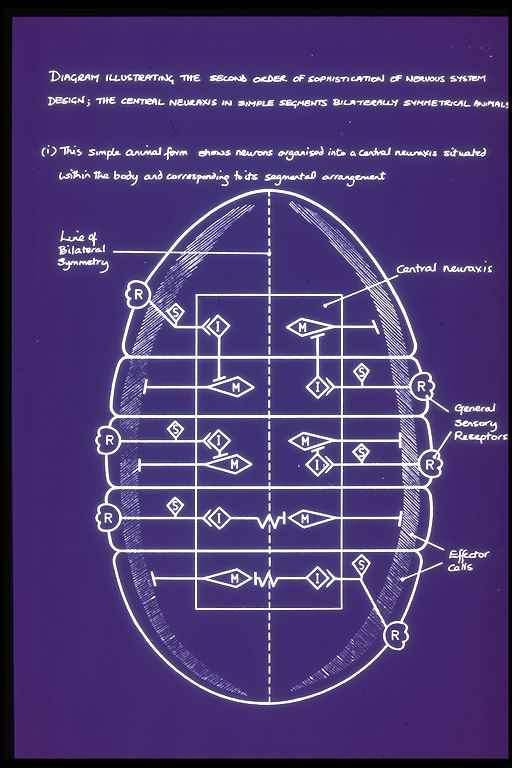
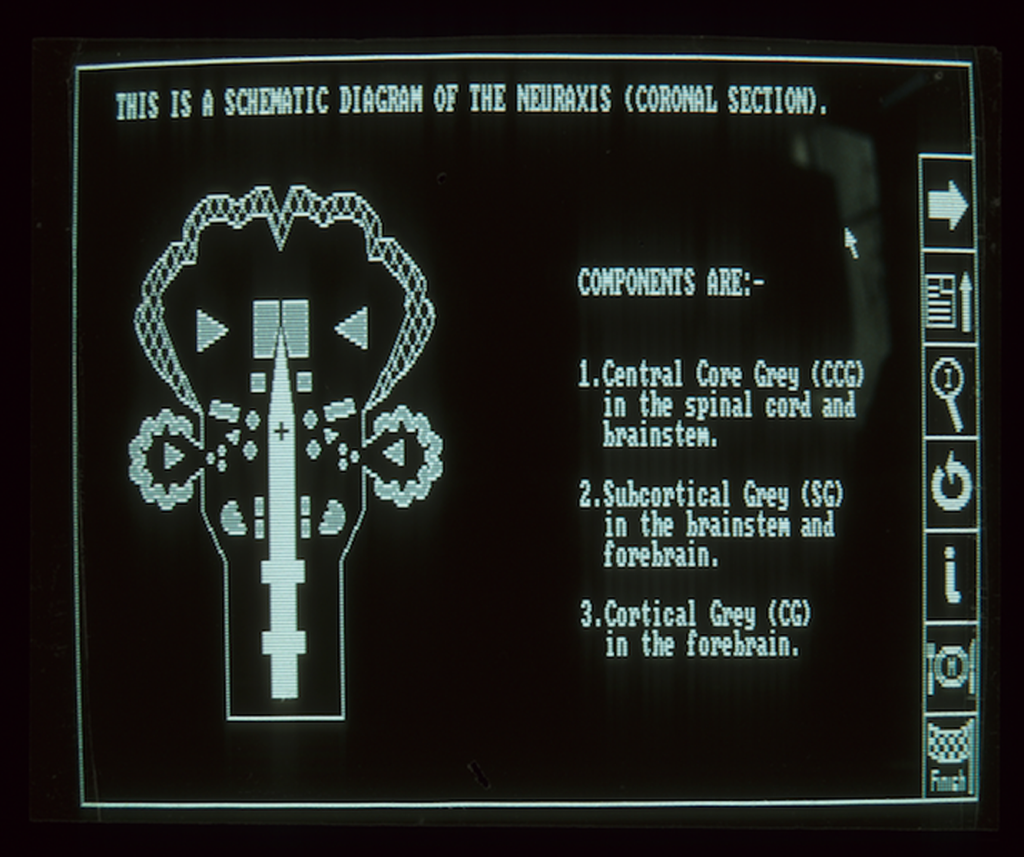
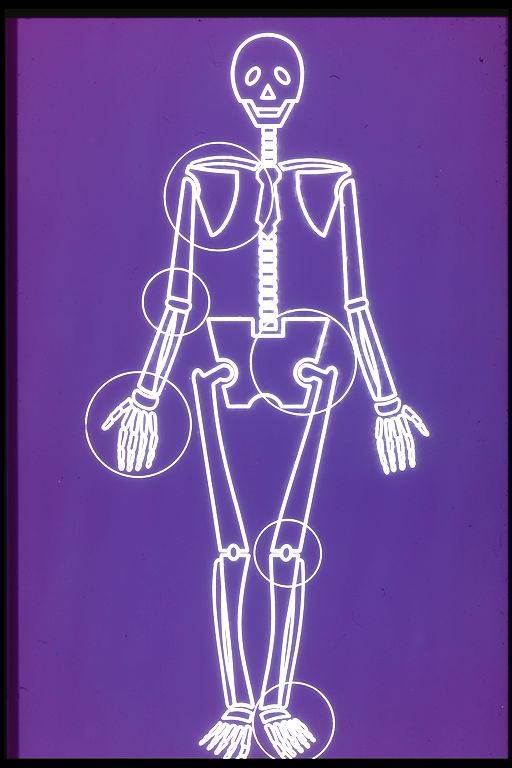
In Piaget’s theory of development, children construct a series of schemata, based on the interactions they experience, to help them understand the world.
The Map is Not The Territory
The phrase “A map is not the territory” was first introduced by Alfred Korzybski in his 1931 paper “A Non-Aristotelian System and Its Necessity for Rigour in Mathematics and Physics,”. Korzybski states that “A map is not the territory it represents, but, if correct, it has a similar structure to the territory, which accounts for its usefulness.
The map–territory relation is the relationship between an object and a representation of that object, as in the relation between a geographical territory and a map of it.
A frequent coda to “all models are wrong” is that “all models are wrong (but some are useful),”
